
News


Sharp-eyed ALMA spots a flare on famous red giant star
Observations with the Atacama Large Millimetre/submillimetre Array (ALMA) have revealed what seems to be a gigantic flare on the surface of Mira, one of the closest and most famous red giant stars in the sky. Activity like this in red giants — similar to what we see in the Sun — comes as a surprise to astronomers.
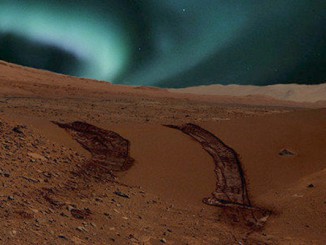
Blue aurorae in Mars’ sky visible to the naked eye
For the first time, an international team of scientists from NASA, the Institute of Planetology and Astrophysics of Grenoble (IPAG), the European Space Agency and Aalto University in Finland, have predicted that colourful, glowing aurorae can be seen by the naked eye on a terrestrial planet other than Earth — Mars.
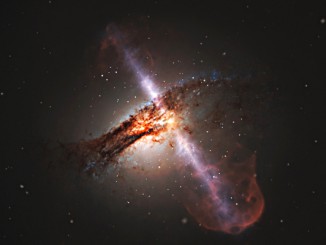

NASA’s New Horizons sees more detail as it draws closer to Pluto
What a difference 20 million miles makes! Images of Pluto from NASA’s New Horizons are growing in scale as the spacecraft approaches its mysterious target. The new images, taken May 8th-12th using a powerful telescopic camera and downlinked last week, reveal more detail about Pluto’s complex and high contrast surface.
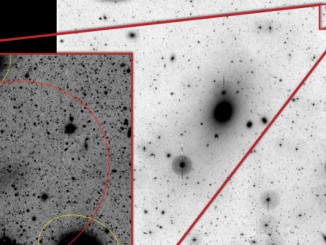
Faint galaxies found hiding in the Virgo Cluster
A recent survey using the Canada-France-Hawaii Telescope has discovered hundreds of new galaxies in the Virgo Cluster, the nearest large cluster of galaxies. Most are extremely faint dwarf galaxies, objects hundreds of thousands of times less massive than our Milky Way, and amongst the faintest galaxies known in the universe.
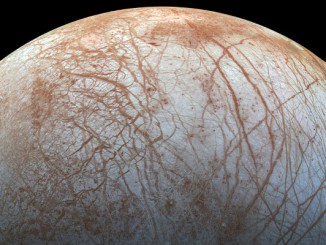

Dragonfly’s compound ‘eye’ reveals very faint galaxy structure
At CASCA 2015, Roberto Abraham from the University of Toronto describes the first results from the Dragonfly Telephoto Array — an innovative, multi-lens system designed to produce digital images of ultra-low surface brightness objects at visible wavelengths — that is at least ten times more efficient than its nearest rival.
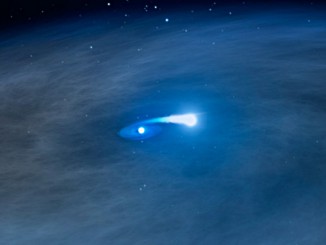
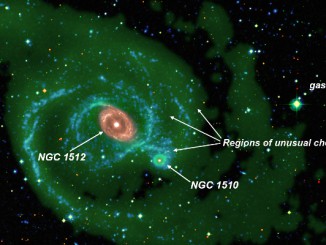
Galaxy’s cannibalistic snacking habits revealed
A team of Australian and Spanish astronomers have caught a greedy galaxy gobbling on its neighbours and leaving crumbs of evidence about its dietary past. Their successful and novel approach to investigating how galaxies grow is being used in a new program to further refine the best models of galaxy evolution.
